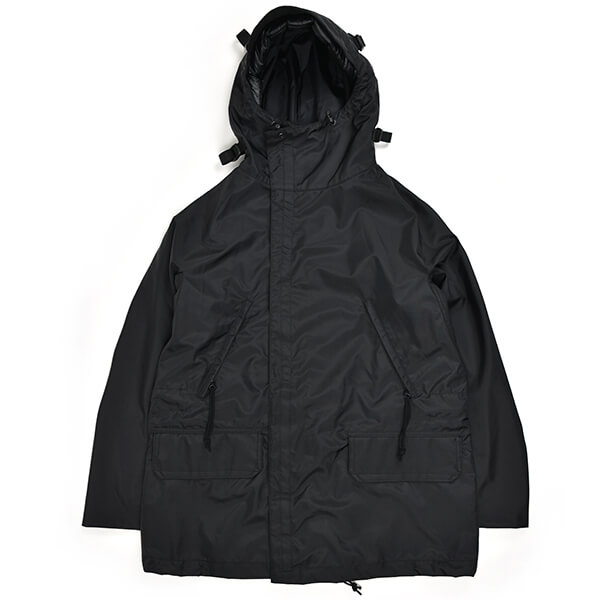

While this is great for our winter recreation opportunities, it also presents winter driving safety challenges. Utah’s mountains receive frequent, heavy snowfall. You can follow these alerts on Twitter: by “liking” their Facebook Page. The Unified Police Department operates a canyon alert system to let people know about canyon traffic information including restrictions such as tire chain requirements in the Cottonwood Canyons. You can listen to local weather information on NOAA Weather Radio. Local news programs begin at 5 p.m., 6 p.m., and 10 p.m. You can watch weather reports and forecasts on Utah’s four main television broadcast channels: KUTV (CBS) Channel 2, KSL (NBC) Channel 5, ABC4 (ABC) Channel 4, KUED7 (PBS) and FOX13 (Fox) Channel 13. Many also have links to webcams so you can get a live look of the mountain. Daily Snow ConditionsĮvery resort will post daily updates about their current conditions. Learn more about the science behind The Greatest Snow on Earth. Powder days happen when more than 12 inches (30 cm) falls within 24 hours. There are more than a dozen powder days each season. The snow density is around 8.5 percent, which makes Utah’s snow powdery. The Cottonwood Canyons receive an average annual snowfall of 551 inches (1,397 cm). Resorts are typically open from the end of November - depending on early season snowfall - through mid-April. Utah has 15 ski resorts across the state. Daytime and nighttime temperatures can vary by more than 30 degrees and certain areas are prone to flash flooding.Ĭheck the Zion National Park page on the National Park Service website for up-to-date information on park weather. Temperatures in Zion National Park range from 52/29 F (11/-1.6 C) in January to 100/68 F (38/20 C) in July. Learn more about Capitol Reef National Park’s weather on the National Park Service website. The unique environment of Capitol Reef presents many weather-related safety concerns such as flash flooding and heat risk. Capitol Reef National ParkĬapitol Reef National Park temperatures range from 41/20 F (5/-6 C) in January to 91/65 F (33/18 C) in July. Visit the Canyonlands National Park page on the National Park Service website for more information. Canyonlands National Park is also a part of the high desert region of the Colorado Plateau and experiences wide temperature variations within a single day. In Canyonlands National Park, temperatures range from 44/22 F (6.6/-5.5 C) in January to 100/67 F (38/19 C) in July.

Visit the Bryce Canyon National Park page on the National Park Service website for more details. Due to its high elevation (7,664 feet/2,335 meters), the park experiences much cooler weather than the other national parks in Utah. In Bryce Canyon National Park, temperatures range from 37/15 F (2.7/-9.4 C) in January to 80/53 F (26/12 C) in July. As part of the Colorado Plateau, this high desert region experiences wide temperature fluctuations, sometimes more than 40 degrees in one day.įor more detailed information visit the Arches National Park page on the National Park Service website. Temperatures in Arches National Park range from 44/22 F (6.6/-5.5 C) in January to 100/67 F (38/19 C) in July. The lack of humidity and moisture in the atmosphere makes the skies above Utah a deeper shade of blue. This is why people say it’s a "dry heat." Ninety degrees fahrenheit in Utah (32 C) feels much more palatable compared with a place that has high relative humidity, like Florida, which makes it feel hotter and muggy.Ĭonversely, we also have "dry cold," meaning Utah’s air doesn’t feel as bitterly cold during the deepest weeks of winter as it does in places like the coastal New England because it lacks humidity. In December the average highest relative humidity is 74.3% and in July the average lowest humidity is 35.9%. It is one of the driest states in the country with one of the lowest relative humidity percentages. Utah primarily has a dry, semi-arid and desert climate. From December through February, the valley is prone to prolonged inversions with high levels of fine particulate pollution, meaning the air quality can be poor, especially for sensitive groups. There are four strong Utah seasons that have distinct weather patterns - the most pleasant weather usually occurs between late April to mid-June and late August to mid-October. In 1985, Utah recorded two record cold and hot temperatures of -69.3 F (-56 C) at Peter Sinks in February and 117 F (47 C) six months later in July in St. Utah is a very large state that runs from N 42nd degree to the N 37th degree latitudinal parallel so there are widely varying conditions from Northern Utah to Southern Utah.


 0 kommentar(er)
0 kommentar(er)
